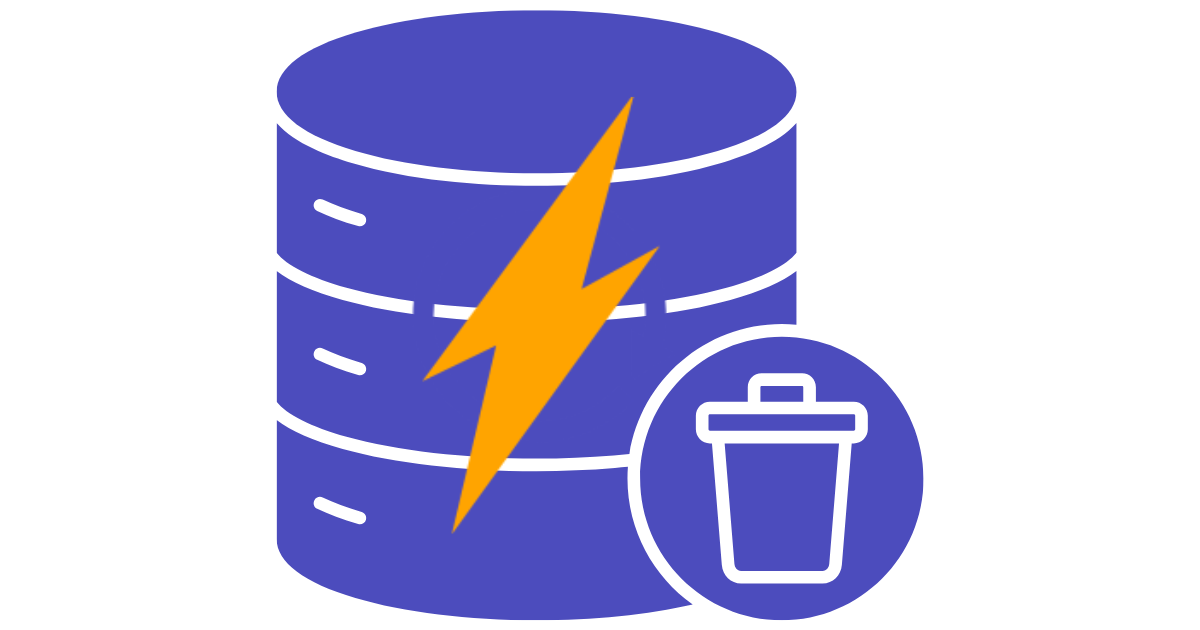Advantages of no-code design in Webflow over traditional web development


Traditionally web development has relied on professional developers to manually plan, design, code, and implement a website – a painstaking process that is convoluted, time-consuming, and expensive.

From HTML to CSS, JavaScript, and other languages, these developers must be proficient at complex code to do their job – exposing the websites they create to limitations, including:
• Continuous maintenance: manually coded custom websites require a more hands-on approach for security and upkeep.
• Higher cost: the time and specialist skills required to manually code a website from scratch and maintain it can make it a costly process.
• Slow to market: even when using off-the-shelf components to speed up development, complex manual coding can delay web development and testing, resulting in a protracted time to market.
• Limited interactivity: the user experience may be less dynamic compared to modern web applications that leverage progressive development frameworks to create highly interactive user interfaces.
• Maintenance challenges: as a website evolves, codebases might become hard to manage and update, leading to issues such as code duplication and difficulty implementing updates.
What if you don’t have the skills or resources to simply code your own website and you want to circumvent the challenges associated with traditional web development?
Advantages of no-code design in Webflow over traditional web development

Cloud-based web design and development platforms have emerged to bridge the coding skills gap, so you can build and launch a responsive site with aesthetic appeal. Blazing a trail in this space is Webflow – a leading platform for building professional, responsive, and custom websites in a completely visual canvas without a line of code in sight. This intuitive web development functionality is augmented by a content management system (CMS) that allows you to create and store dynamic content.
Once the preserve of skilled coders and organisations that could afford their services, no-code platforms like Webflow have made web development universally accessible – breaking down entrenched barriers, with less than 0.5% of the population able to code.

Rather than grappling with complex algorithms and principles, users simply drag and drop components into place – with empowering effect:
• Speed: even if you choose to build your site from the ground up, pre-built templates, an agile visual canvas and drag-and-drop features expedite the web development process – outstripping manual coding.
• Cost: eliminates the need for hiring an expensive web developer and includes reliable and secure cloud-based hosting in the price plan.
• Flexibility: users can access data and applications from anywhere, at any time, and on any device, providing greater flexibility through remote web development.
• Data management: real-time data synchronisation is facilitated by third-party tools like PowerImporter. The three subscriptions – Starter, Growth and Premium – allow you to transfer your data from your database to your website with a few clicks and keep them in sync automatically, ensuring your content is always up to date without the need for manual intervention.
• Scalability: flexible pricing models and real-time data synchronisation provide you with the agility to accommodate growth and fluctuations in demand, so you can scale your online resources as required.
• Collaboration: real-time collaboration via the cloud allows multiple team members to work on the same projects simultaneously using shared workspaces integrated with powerful communication tools.
• Security: hosting includes features such as automatic backups, SSL encryption, and continuous monitoring, replacing the need for developers to manually reconfigure code to implement essential updates.
A forecast by Gartner suggests that by 2025, 70% of new applications developed by organisations will use low-code or no-code technologies, up from less than 25% in 2020. A driving force behind this web development revolution is Webflow – an intuitive, customisable, secure, and cost-effective platform that’s powered by ideas, not technical expertise.


